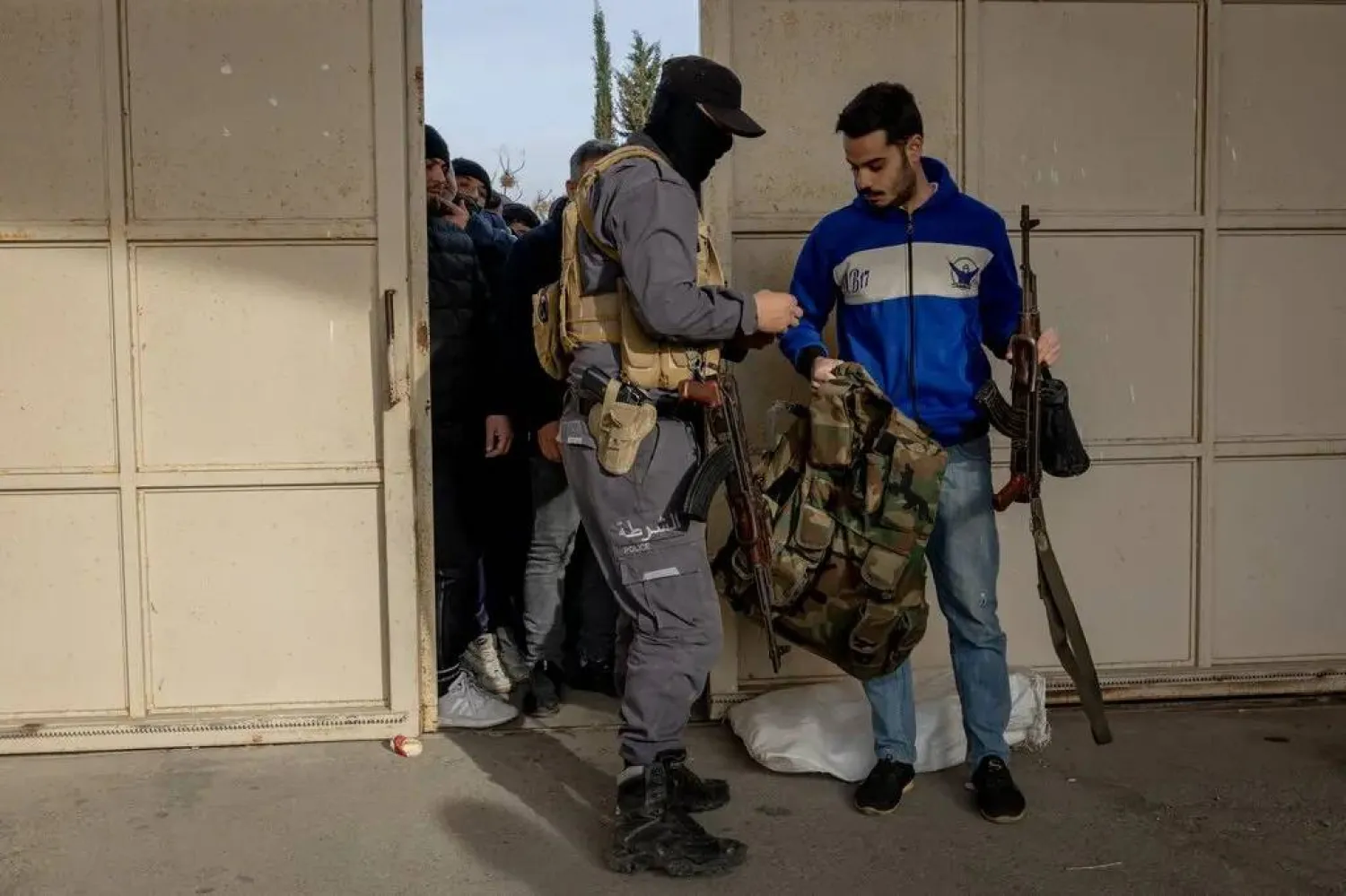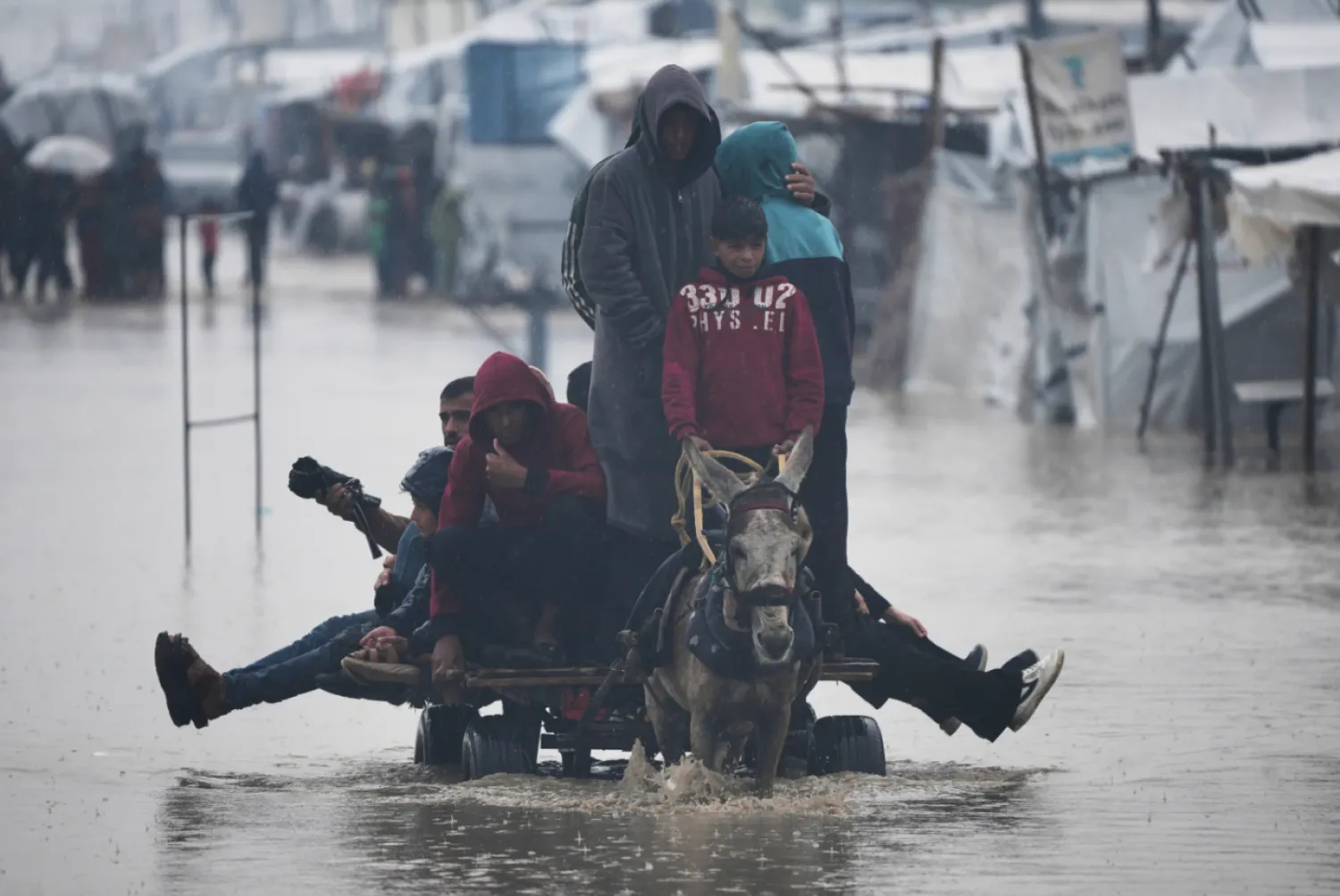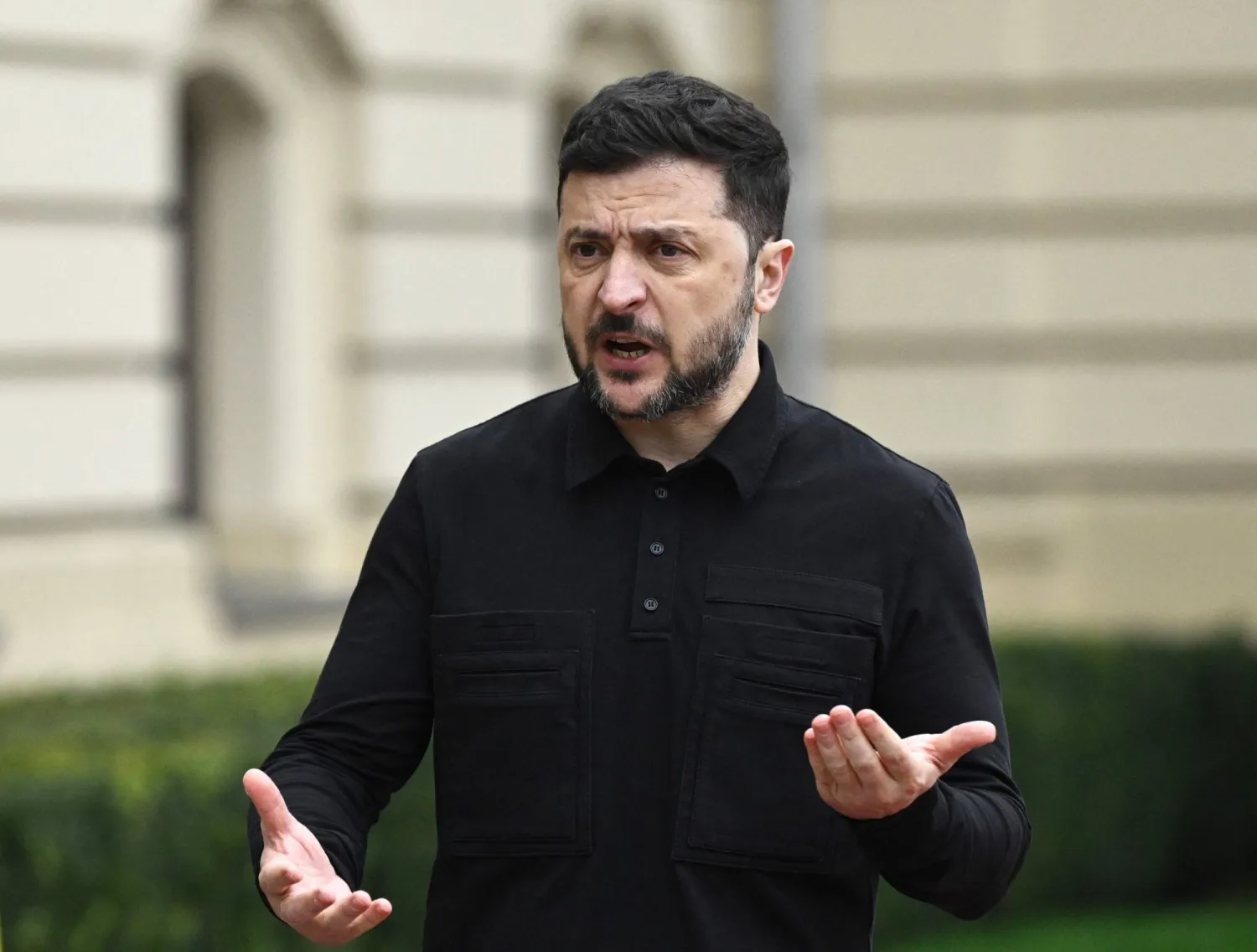Handcuffed and squatting on the floor, Abdullah Zahra saw smoke rising from his cellmate’s flesh as his torturers gave him electric shocks.
Then it was Zahra’s turn. They hanged the 20-year-old university student from his wrists and electrocuted and beat him for two hours. They made his father watch and taunted him about his son’s torment.
That was 2012, and the entire security apparatus of Syria’s then-President Bashar Assad was deployed to crush the protests against his rule.
With Assad’s fall a month ago, the machinery of death that he ran is starting to come out into the open.
It was systematic and well-organized, growing to more than 100 detention facilities into which tens of thousands disappeared over more than a decade. Torture, sexual violence and mass executions were rampant, according to rights groups and former prisoners.
A blanket of fear kept Syrians silent about their experiences or lost loved ones. But now, everyone is talking. After the insurgents who swept Assad out of power on Dec. 8 opened prisons and detention facilities, crowds swarmed in, searching for answers, bodies of loved ones, and ways to heal.
The Associated Press visited seven of these facilities in Damascus and spoke to nine former detainees. Some details of the accounts by those who spoke to the AP could not be independently confirmed, but they matched past reports by former detainees to human rights groups.
Days after Assad’s fall, Zahra — now 33 — came to visit Branch 215, a detention facility run by military intelligence in Damascus where he was held for two months.
There, he said, he was kept in a windowless underground cell, 4-by-4-meters (yards) and crammed with 100 other inmates. When ventilators were cut off -- either intentionally or because of a power failure -- some suffocated. Men went mad; torture wounds festered. When a cellmate died, they stowed his body next to the cell’s toilet until jailers collected corpses, Zahra said.
“Death was the least bad thing,” he said. “We reached a place where death was easier than staying here for one minute.”

Assad’s system of repression grew as civil war raged
After he and his father were released, Zahra fled to opposition-held areas. Within a few months, security agents returned and dragged off 13 of his male relatives, including a younger brother and, again, his father.
All were killed. Zahra later recognized their bodies among photos leaked by a defector showing thousands killed in detention. Their bodies were never recovered.
Rights groups estimate at least 150,000 people went missing since anti-government protests began in 2011, most vanishing into detention facilities. Many were killed, either in mass executions or from torture and prison conditions. The exact number remains unknown.
Even before the uprising, Assad had ruled with an iron fist. But as protests turned into a civil war that would last 14 years, Assad expanded his system of repression. New detention facilities run by military, security and intelligence agencies sprung up in security compounds, military airports and under buildings.
At Branch 215, Zahra hoped to find some sign of his lost relatives. But there was nothing. At home, his aunt, Rajaa Zahra, looked at the leaked pictures of her killed children for the first time – something she had long refused to do. She lost four of her six sons in Assad’s crackdowns. Her brother, she said, lost two of his three sons.
“They were hoping to finish off all the young men of the country.”

Syrians were tortured with ‘the tire’ and ‘magic carpet’
The tortures had names. One was called the “magic carpet,” where a detainee was strapped to a hinged wooden plank that bends in half, folding his head to his feet, which were then beaten.
Abdul-Karim Hajeko said he endured this five times. His torturers stomped on his back during interrogations at the Criminal Security branch, and his vertebrae are still broken.
“My screams would go to heaven. Once a doctor came down from the fourth floor (to the ground floor) because of my screams,” he said.
He was also put in “the tire.” His legs were bent inside a car tire as interrogators beat his back and feet. Afterward, they ordered him to kiss the tire and thank it for teaching him “how to behave.”
Many prisoners said the tire was inflicted for rule violations -- like making noise, raising one’s head in front of guards, or praying – or for no reason at all.
Saleh Turki Yahia said a cellmate died nearly every day during the seven months in 2012 he was held at the Palestine Branch, a detention facility run by the General Intelligence Agency. He said he was given electric shocks, hanged from his wrists, beaten on his feet. He lost half his body weight and nearly tore his own skin scratching from scabies.
“They broke us,” he said, breaking into tears as he visited the Palestine Branch. “A whole generation is destroyed.”

The mounting evidence will be used in trials
Now comes the monumental task of accounting for the missing and compiling evidence that could one day be used to prosecute Assad’s officials, whether by Syrian or international courts.
Hundreds of thousands of documents remain scattered throughout detention facilities. Some seen by the AP included transcripts of phone conversations; intelligence files on activists; and a list of hundreds of prisoners killed in detention. At least 15 mass graves have been identified around Damascus and elsewhere around the country.
A UN body known as the International Impartial and Independent Mechanism has offered to help the new interim administration in collecting, organizing and analyzing all the material. Since 2011, it has been compiling evidence and supporting investigations in over 200 criminal cases against figures in Assad’s government.
Many want answers now.
Officials cannot just declare that the missing are presumed dead, said Wafaa Mustafa, a Syrian journalist, whose father was detained and killed 12 years ago.
“No one gets to tell the families what happened without evidence, without search, without work.”









